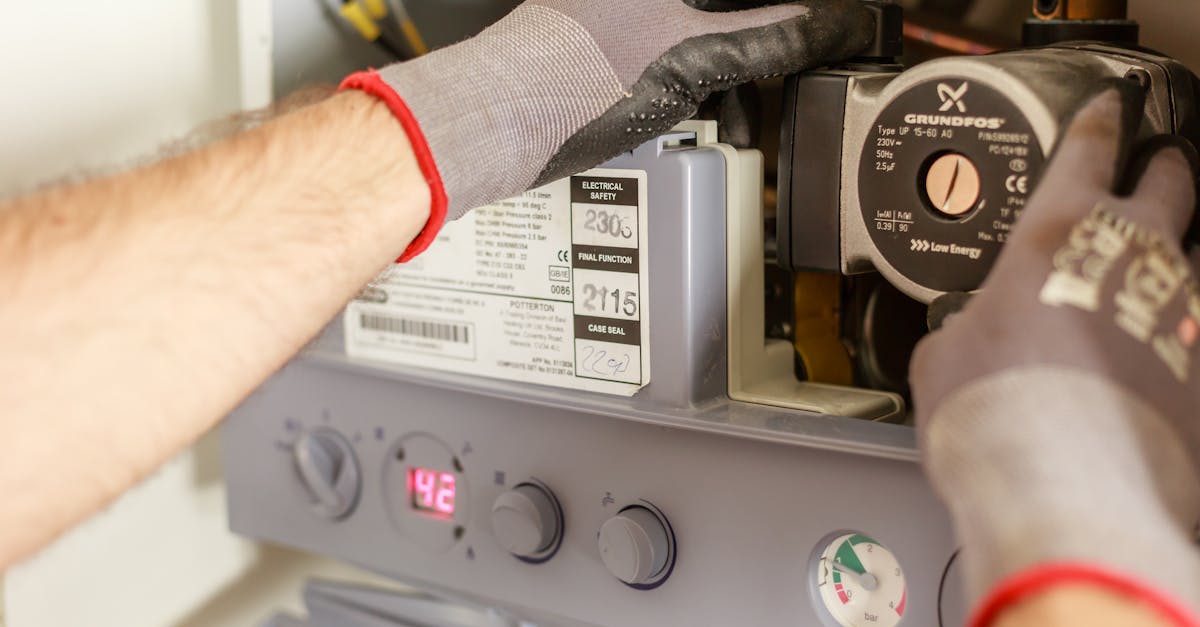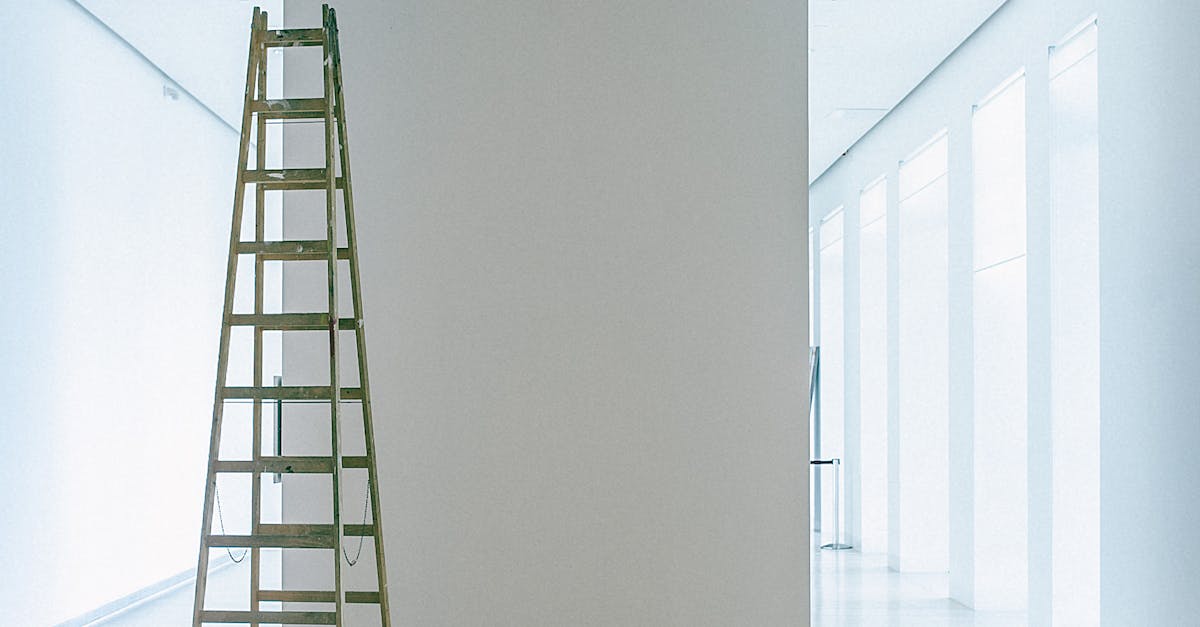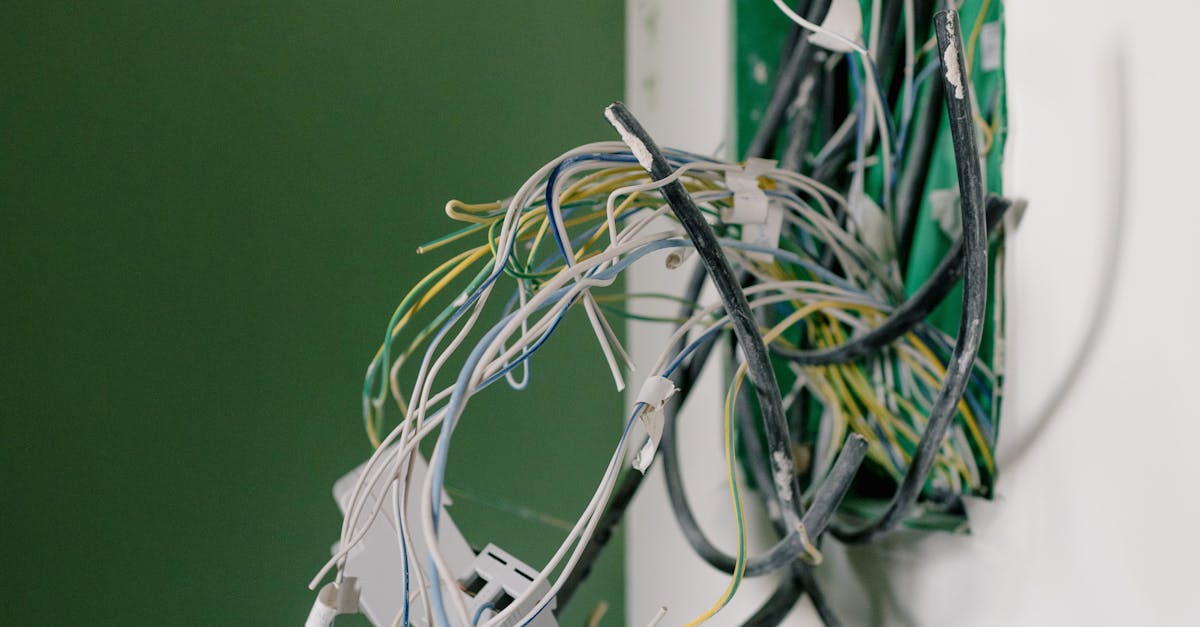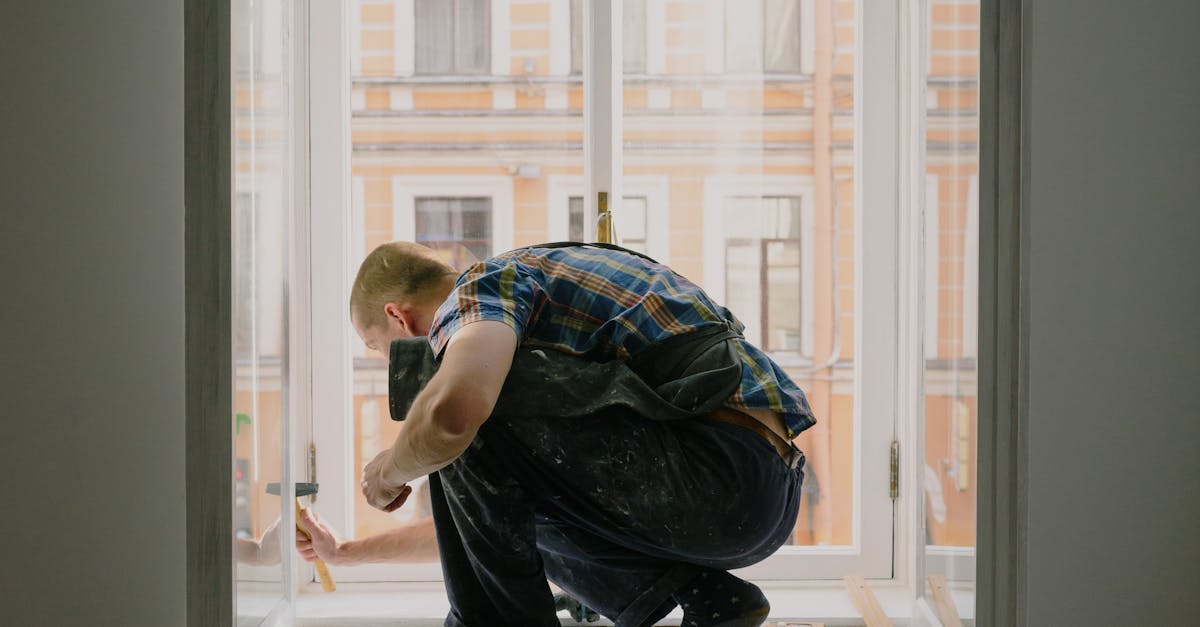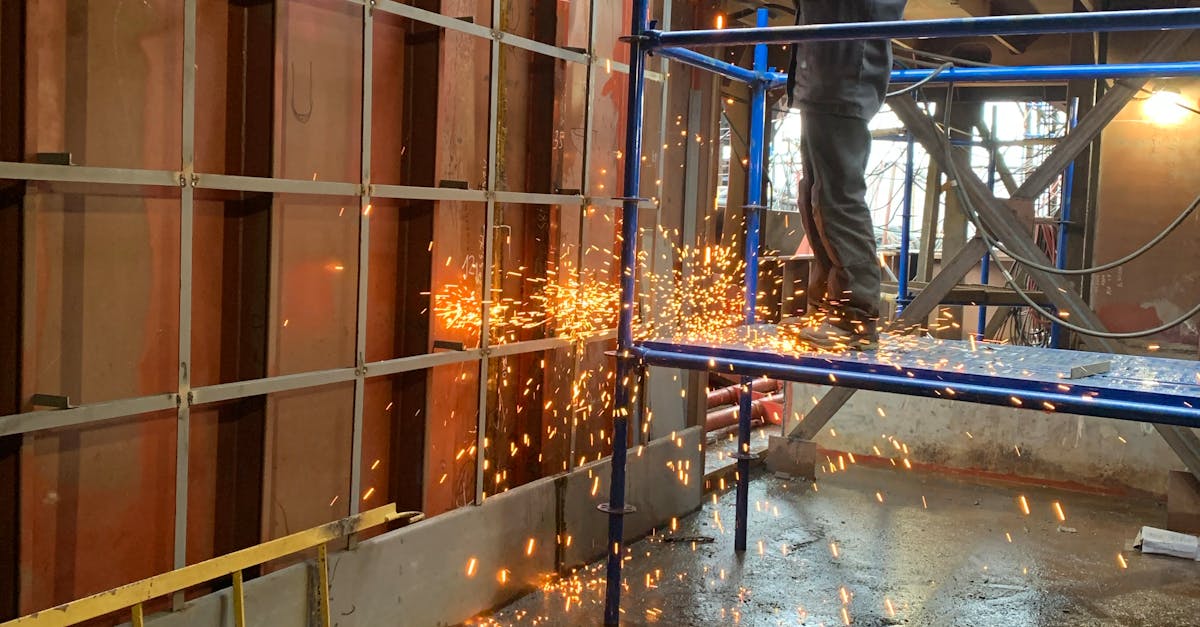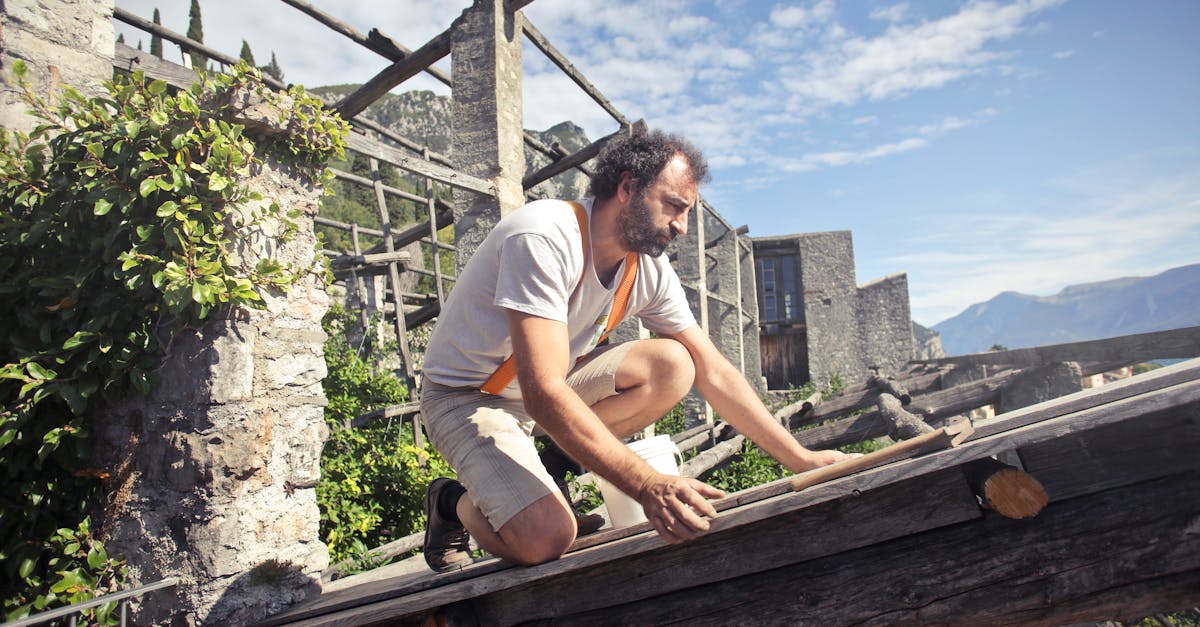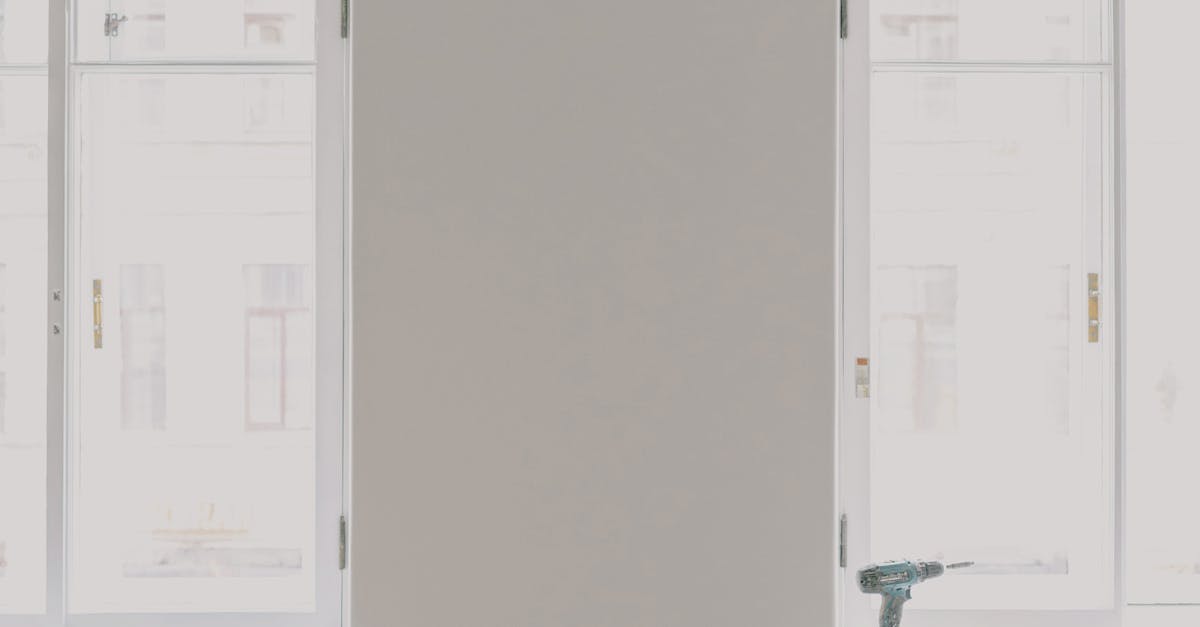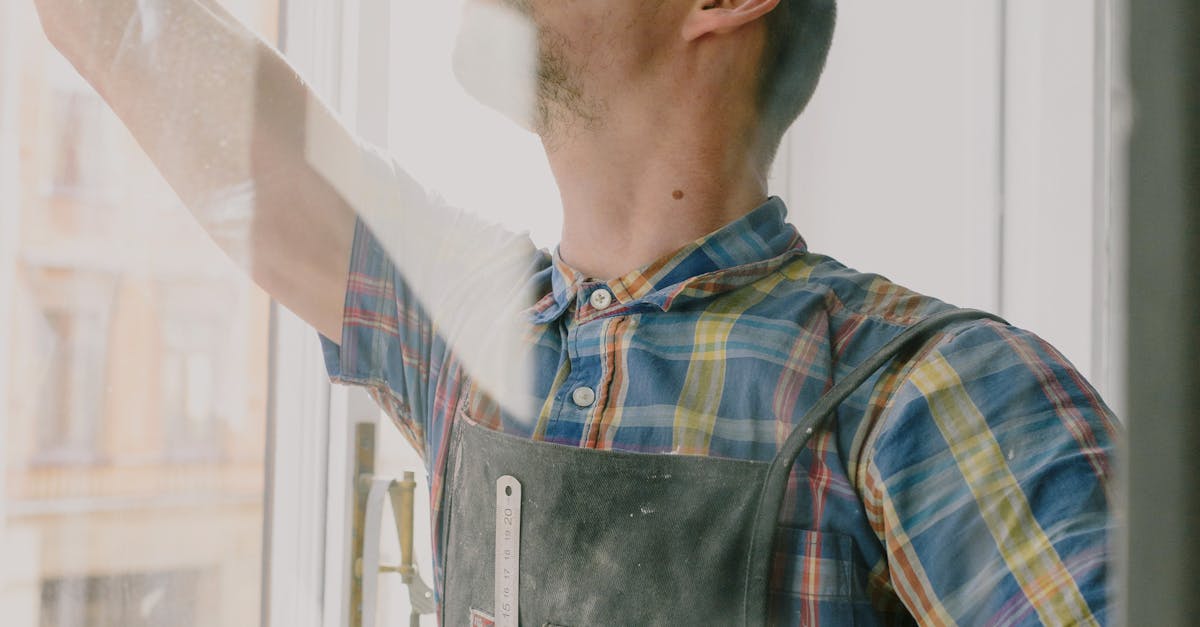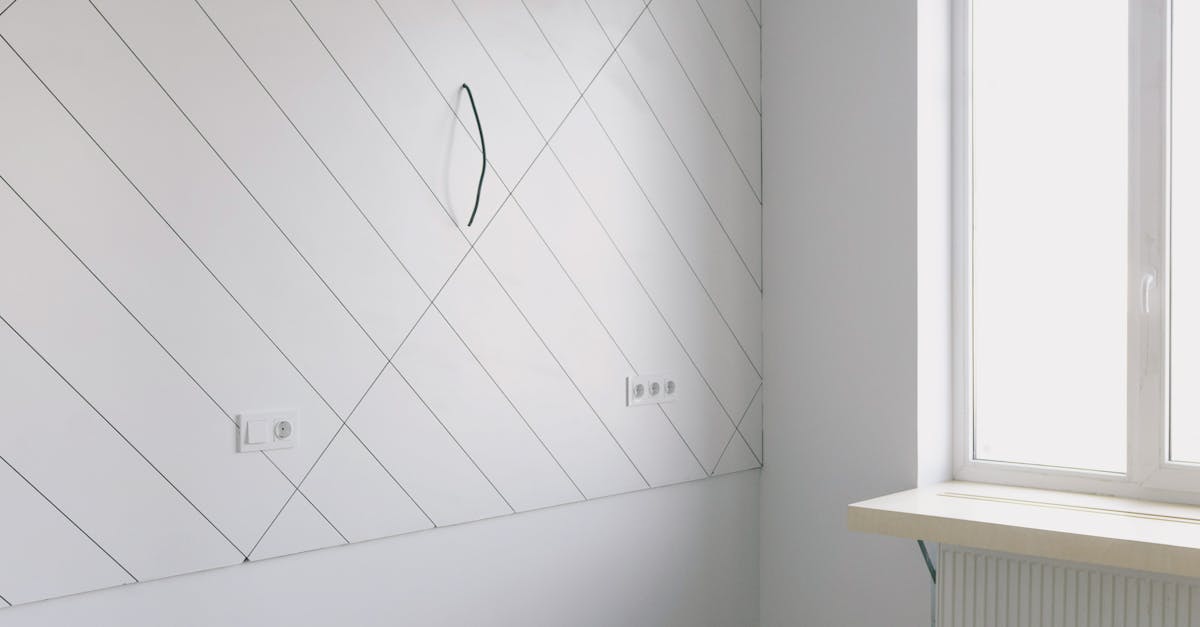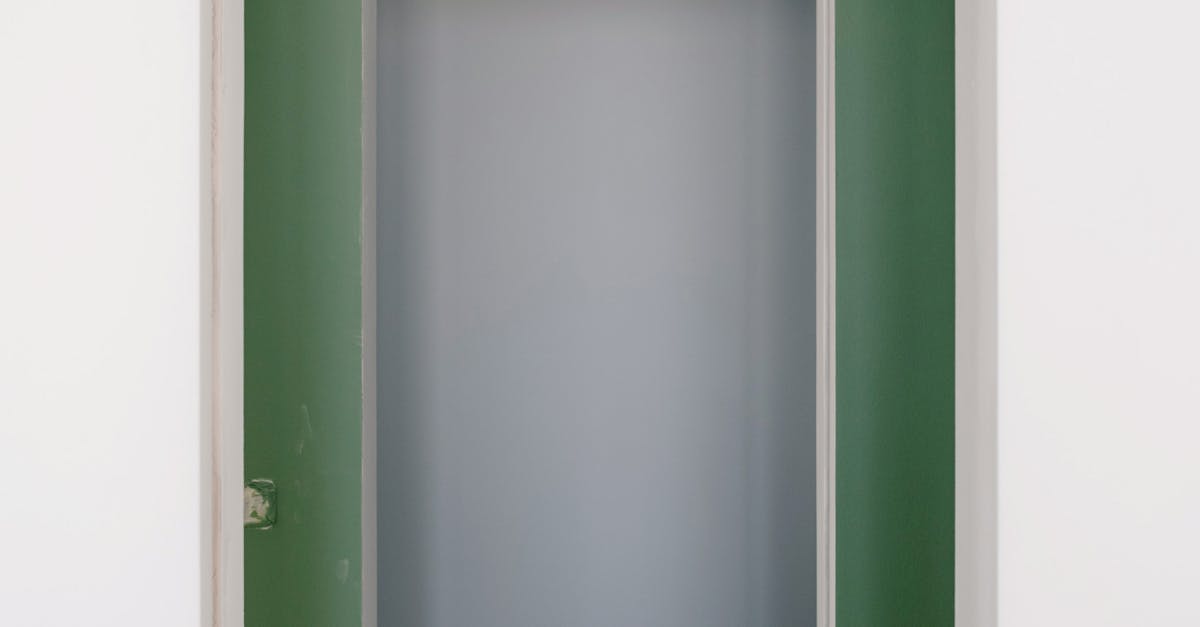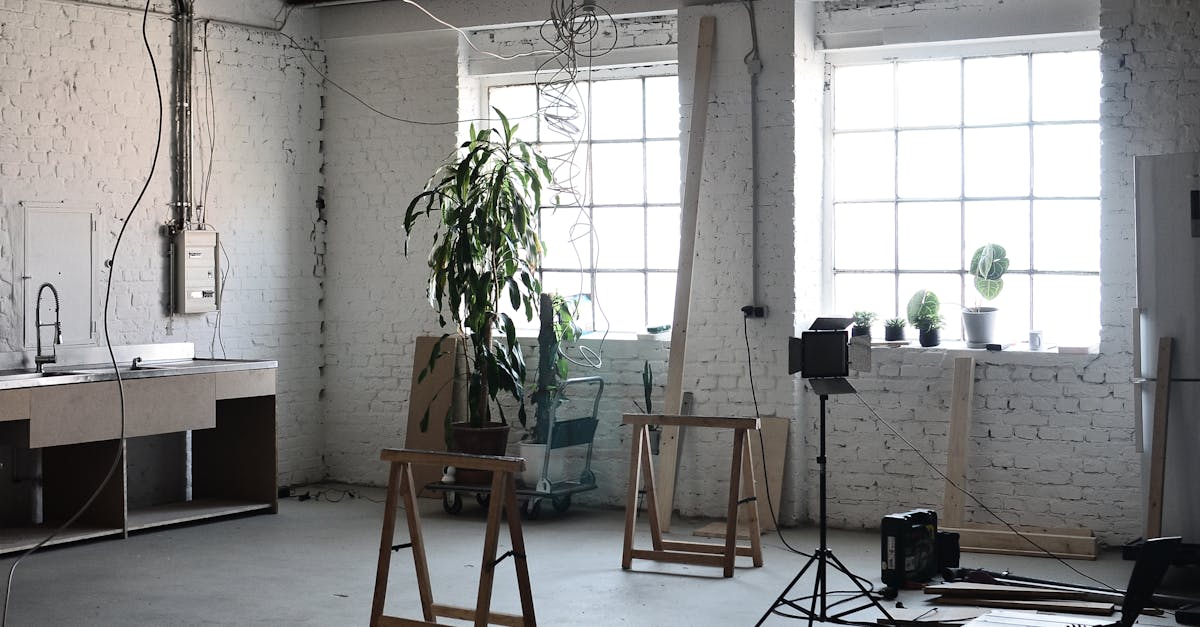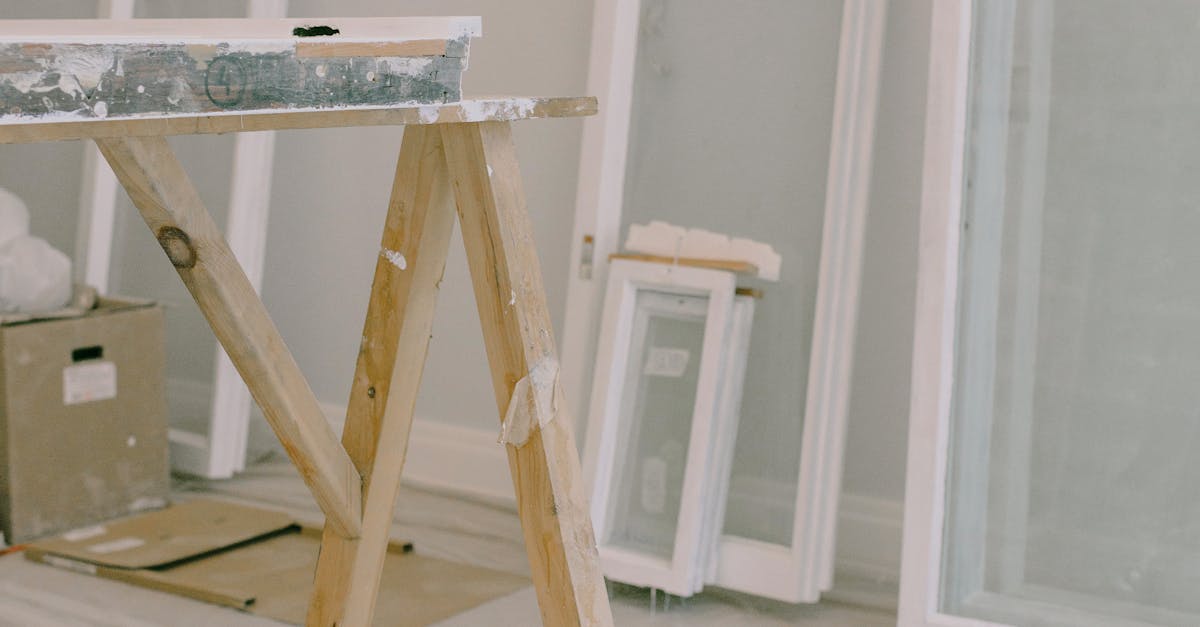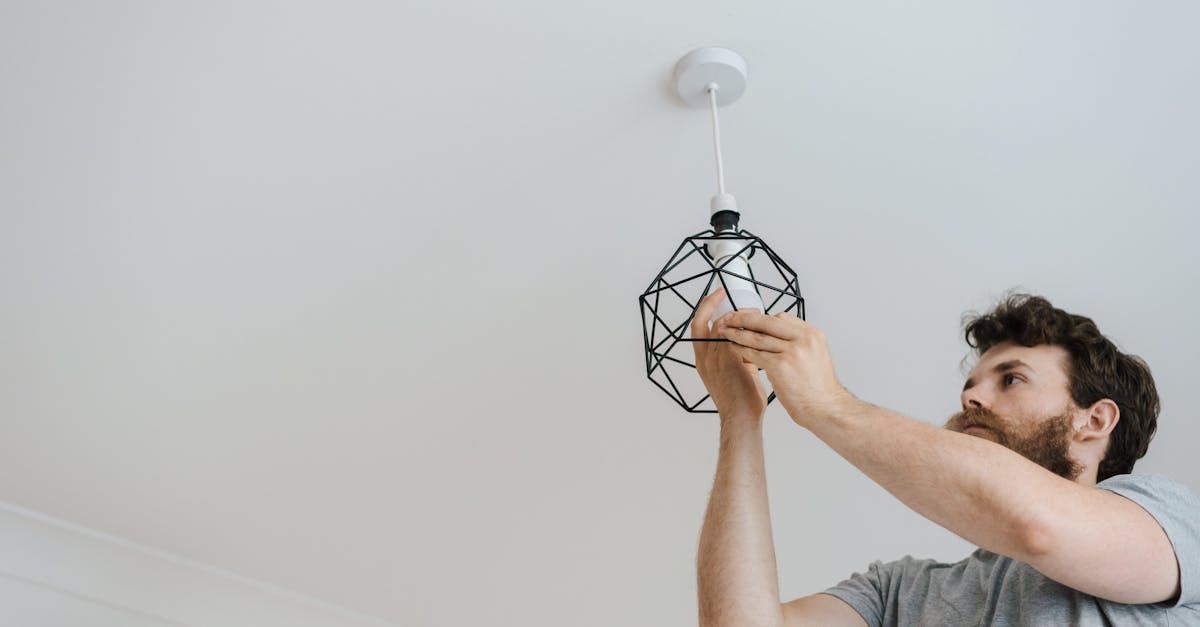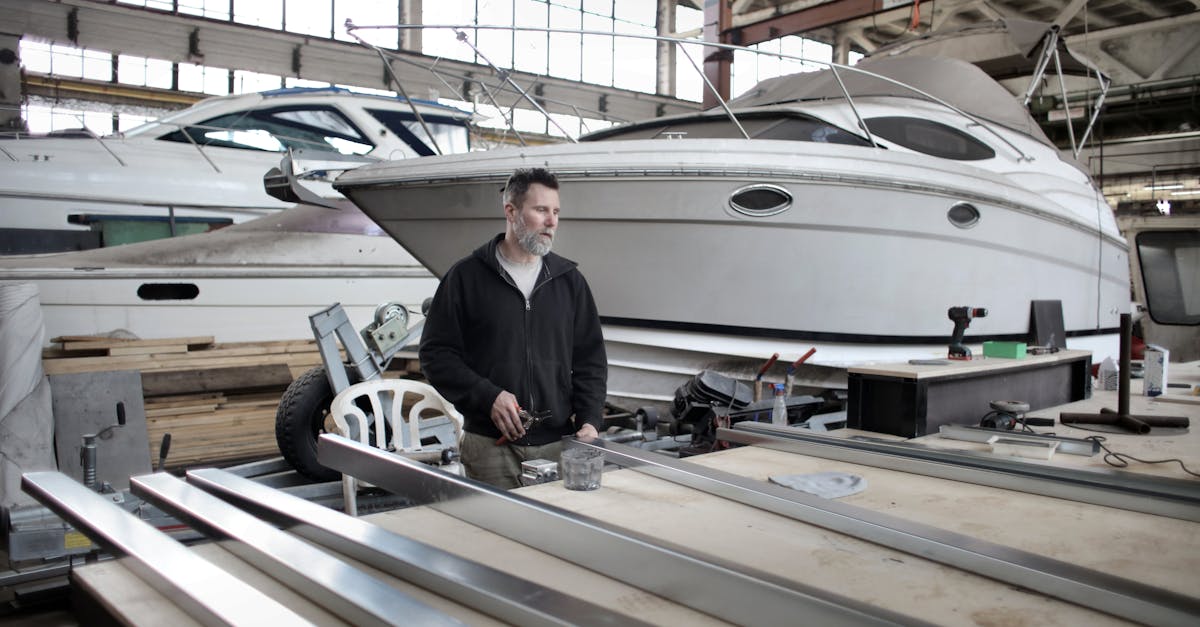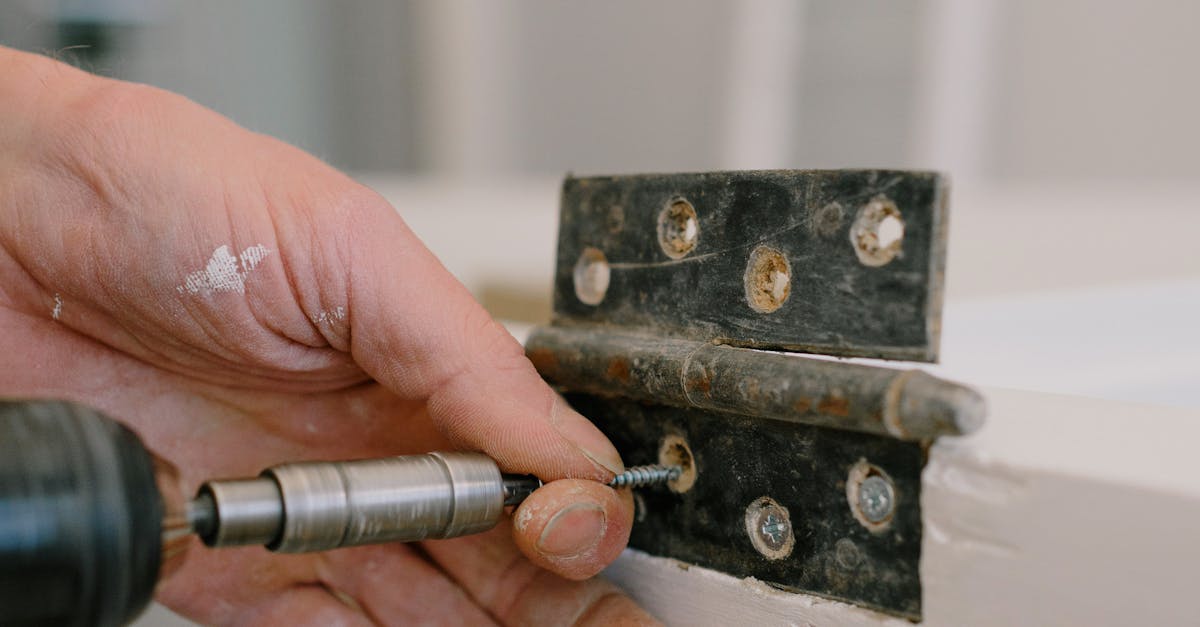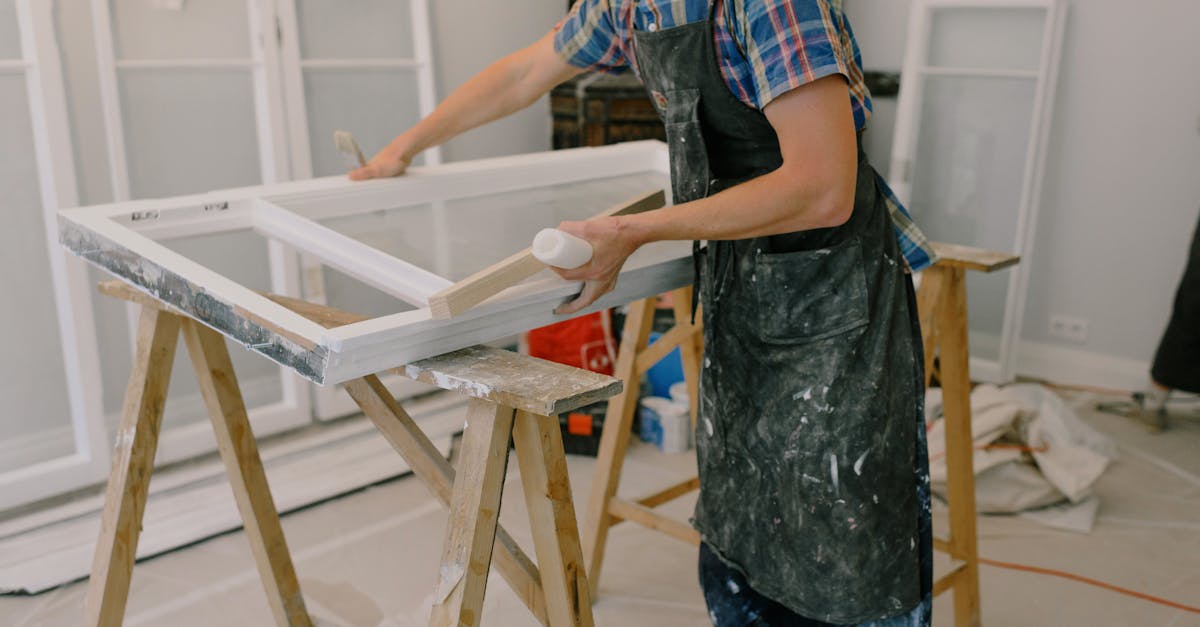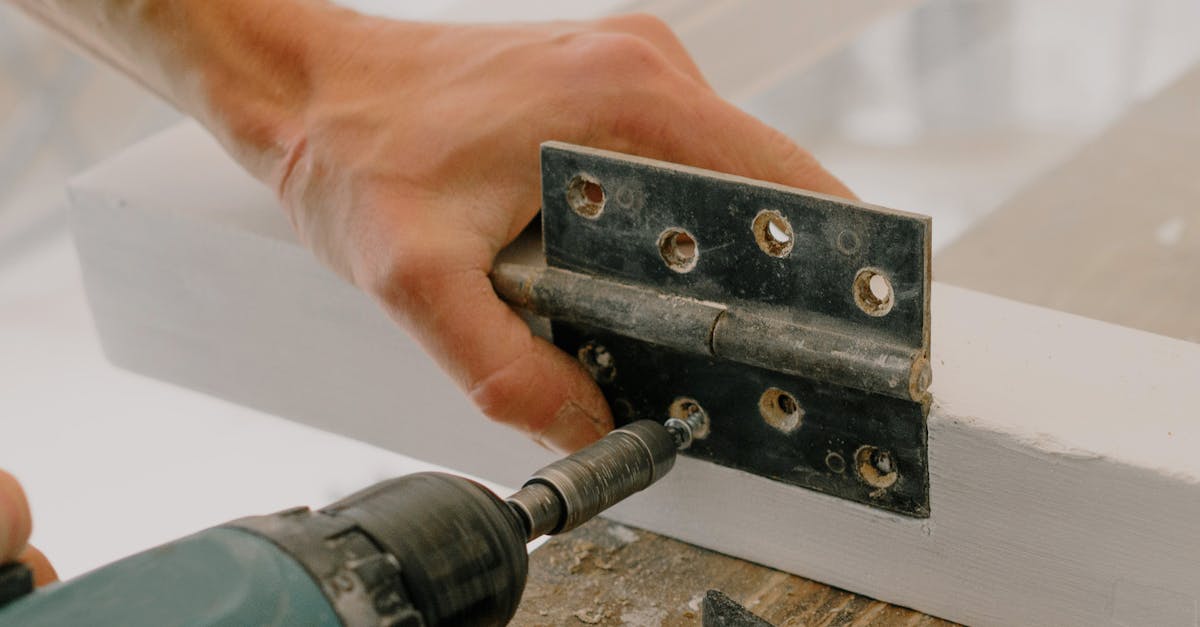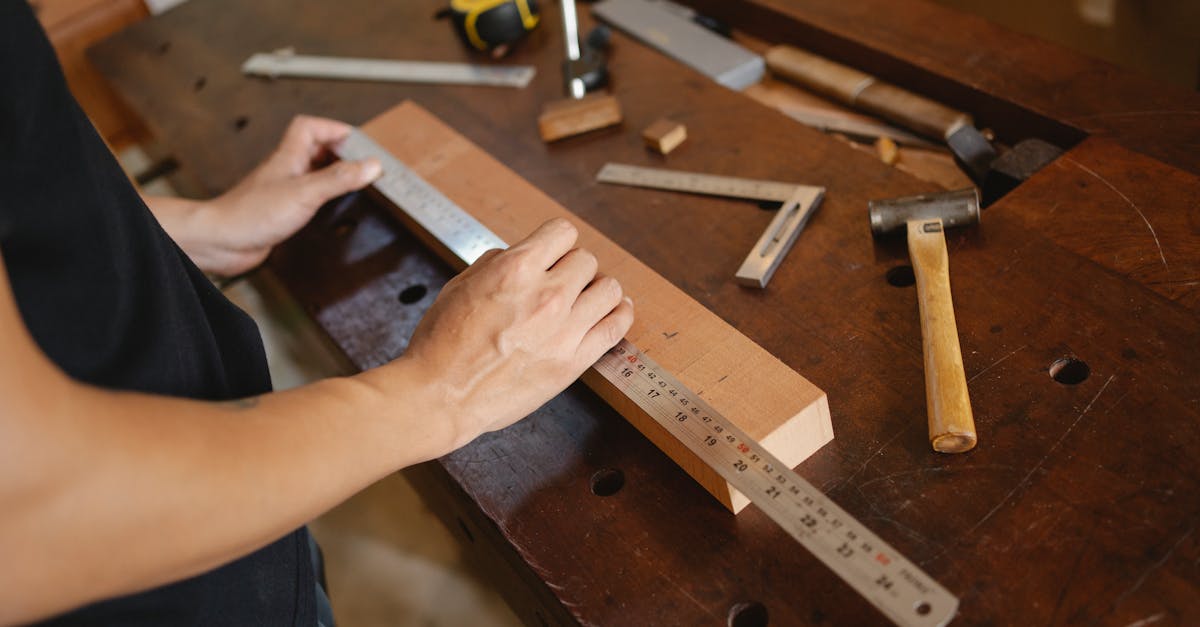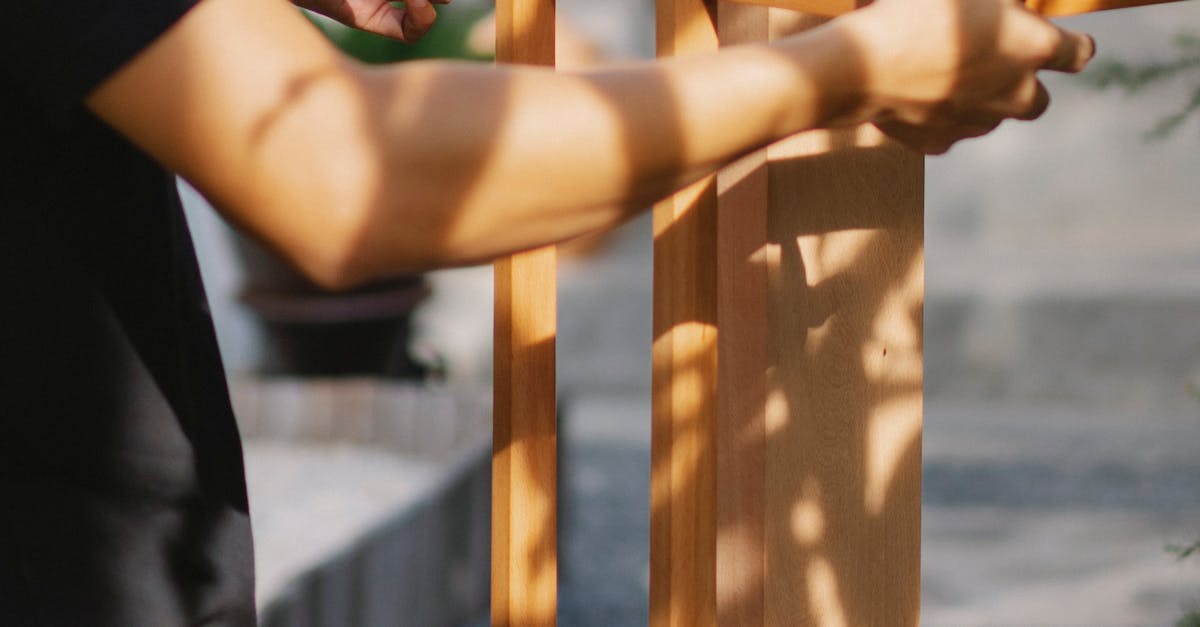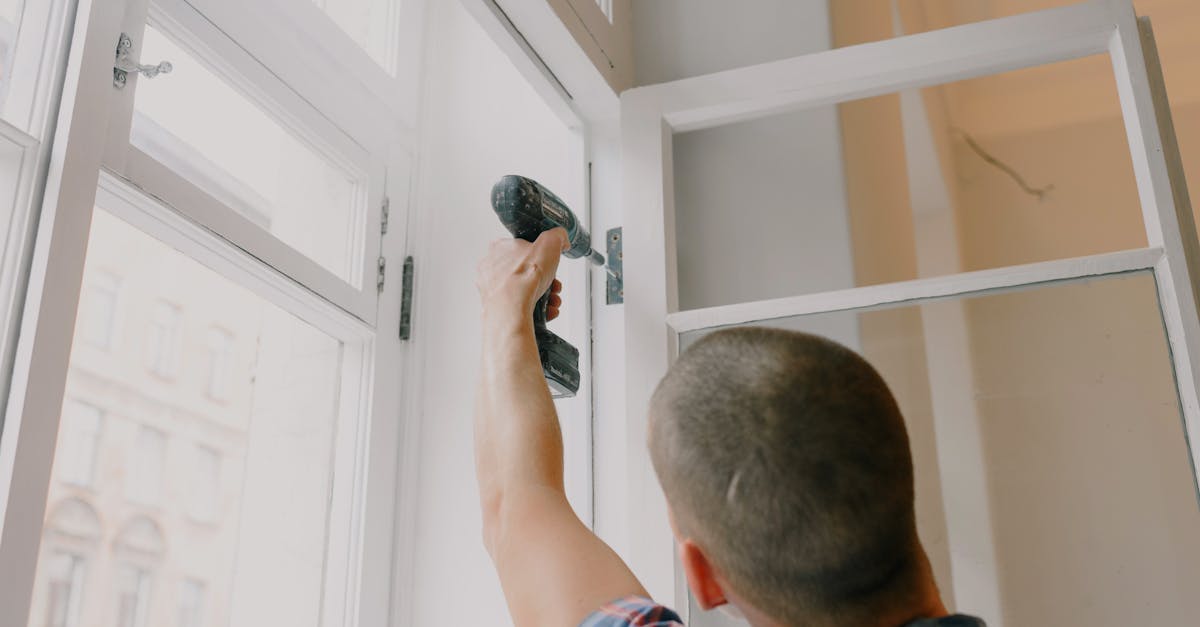
Table Of Contents
Safety Precautions When Dealing with Gas Leaks
When encountering a gas leak, safety should always be the foremost priority. Evacuate the area immediately and ensure that everyone is a safe distance away from the suspected leak. Avoid using electrical appliances or any open flames, as these could ignite the gas and escalate the situation. It is crucial to alert your gas provider and, if necessary, emergency services for professional assistance. Proper communication can prevent accidents and help manage the situation effectively.
Before attempting any gas line installation and repair, ensure that you wear appropriate protective equipment. This includes gloves and goggles to shield against potential hazards. Be aware of your surroundings and verify that the area is well-ventilated to reduce the risk of gas accumulation. Only qualified personnel should perform repairs or installations, as they have the knowledge and experience to adhere to safety standards. Following these precautions can significantly enhance safety when dealing with gas lines.
Essential Safety Measures
When dealing with gas leaks, prioritising safety is essential. Always ensure that you turn off the gas supply immediately if you suspect a leak. This can prevent potential hazards such as explosions or fires. Ventilate the area by opening windows and doors to disperse any accumulated gas, minimising risks. Avoid using electrical devices, including switches or mobile phones, as these could generate sparks.
Gas line installation and repair should only be conducted by qualified professionals. It is vital to have the right tools and knowledge to ensure the job is done correctly and safely. Regular inspections of gas lines can help identify potential issues before they escalate into dangerous situations. Personal protective equipment, such as gloves and goggles, is also advisable when undertaking any tasks related to gas line maintenance.
Sealing Methods for Leaking Gas Lines
When faced with a leaking gas line, it's critical to assess the situation carefully before attempting any sealing methods. Common techniques include using epoxy putty or a specialised gas line sealant, which can create a temporary fix for small leaks. These methods involve cleaning the area around the leak, applying the sealing material, and allowing it to cure according to product instructions. However, this approach is typically considered a short-term solution. In many cases, professional intervention is advisable to ensure safety and compliance with regulations.
Gas line installation and repair often necessitates specific tools and expertise to effectively address leaks. Among the more effective sealing techniques is the use of clamps designed for gas lines, which can securely cover damaged areas. For more substantial leaks, a complete replacement of the affected section may be necessary. Seeking the assistance of licensed professionals ensures that any work performed adheres to local laws and safety standards, reducing the risk of further complications down the line.
Effective Sealing Techniques
When dealing with leaking gas lines, it is crucial to select effective sealing techniques that ensure safety and reliability. One common method involves using a gas-rated tape or epoxy putty specifically designed for sealing leaks. This tape can be wrapped around the damaged area to create a snug barrier against gas escape. Epoxy putty can be applied directly to the leak and, once cured, forms a strong seal that withstands pressure. Both options are practical for temporary fixes but should be followed up with proper gas line installation and repair by a qualified professional.
Another approach is to use mechanical clamps or repair sleeves that can be fitted over the compromised section of the pipe. These clamps can provide a solid connection, preventing gas from leaking while offering durability. It is imperative to assess the extent of the damage before opting for a sealing solution. Long-term safety is paramount. Engaging a licensed technician for gas line installation and repair remains the best course of action to ensure that any fixes comply with national safety standards and local regulations.
Legal Regulations Surrounding Gas Line Repairs
Legal regulations surrounding gas line repairs are established to ensure the safety and reliability of gas systems. Various government bodies and industry standards dictate the processes that must be followed during gas line installation and repair. Compliance with these regulations is critical for protecting the public from hazardous situations that can arise from improper handling of gas infrastructure.
In Australia, operators must be licensed to perform any work on gas lines. This includes both residential and commercial installations. The regulations often require inspections to be carried out by certified professionals after completion of repairs. Adherence to these standards not only safeguards public safety but also helps avoid potential legal ramifications that could arise from non-compliance.
Understanding Compliance Requirements
Compliance with regulations is crucial in ensuring the safety and integrity of gas line installation and repair. Various governing bodies set standards to minimise risks associated with gas leaks. Familiarity with these regulations is essential for homeowners and professionals alike. Non-compliance can lead to fines, legal actions, and increased hazards. Therefore, it is imperative to keep updated on local and national codes.
Adhering to compliance requirements often involves specific qualifications for technicians involved in gas line installation and repair. Licensed professionals should handle all aspects of gas line work. Inspections and permits may be necessary to confirm that all installations meet the required safety standards. Understanding these compliance factors ensures that any work conducted maintains safety and adheres to legal expectations.
FAQS
Can I seal a leaking gas line myself?
While some minor leaks may seem manageable, it is highly recommended to contact a licensed professional to handle any gas line repairs. DIY methods can be dangerous and may not meet safety regulations.
What are the signs of a gas leak?
Common signs of a gas leak include a distinct smell similar to rotten eggs, hissing or whistling sounds near the gas line, and unusual increases in your gas bill. If you suspect a leak, evacuate the area immediately and contact a professional.
Are there temporary sealing methods for gas leaks?
Temporary sealing methods may include using specific types of tape or sealants designed for gas lines, but these are not long-term solutions. It is crucial to have a professional assess and repair the leak as soon as possible.
What safety precautions should I take if I detect a gas leak?
If you suspect a gas leak, turn off the gas supply, avoid using electrical appliances or flames, ventilate the area if safe to do so, and leave the premises immediately. Contact emergency services or a qualified technician for assistance.
What legal regulations exist for repairing gas lines?
Legal regulations surrounding gas line repairs vary by state and locality but typically require licensed professionals to perform installations and repairs. Always check with your local authorities to ensure compliance with relevant laws.
